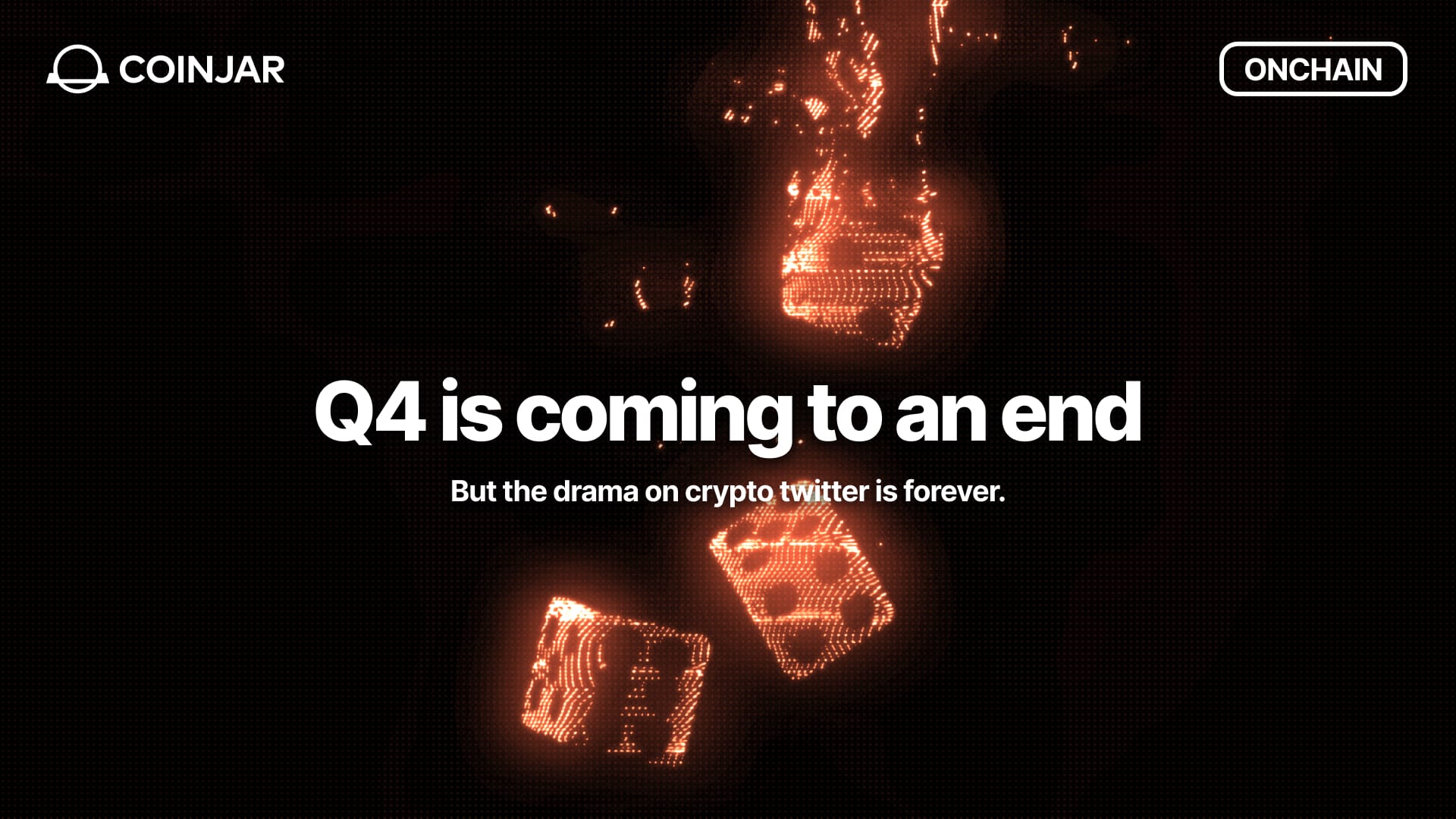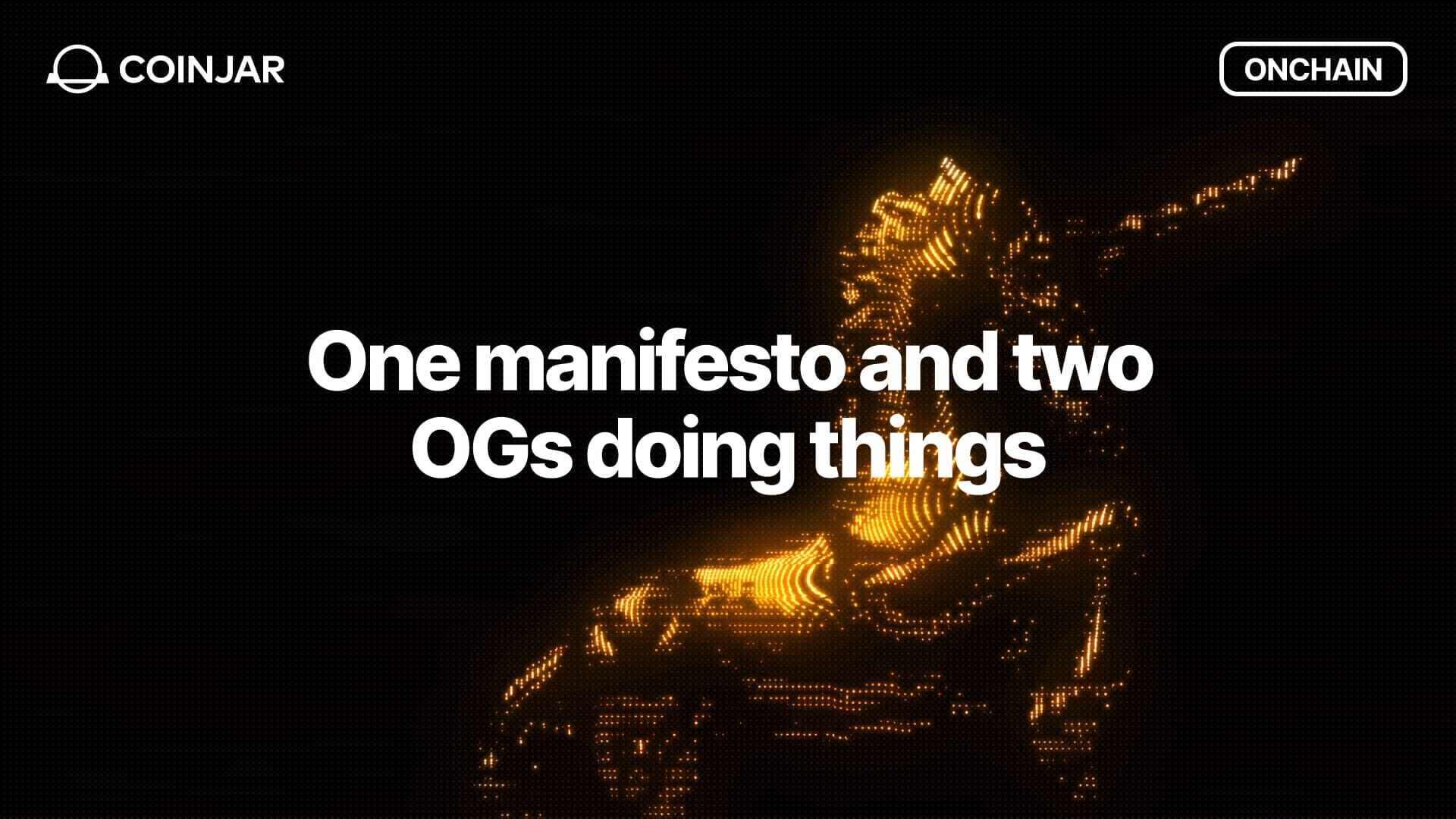China Bows Out
June 30, 2021
Share this:

China’s been “banning” Bitcoin for years. But this time they’ve actually done it – and the consequences are profound.
For most of its history, Bitcoin has been a Chinese venture in all but name. Despite the OG crypto’s talk about decentralisation and being the digital era’s take-all-comers global currency, two basic facts have held a disproportionate sway over Bitcoin’s fate:
- The vast majority of Bitcoin’s mining power came from China; and, as a result,
- Large portions of Bitcoin’s market-shaping over-the-counter (OTC) trades also occurred in China.
It’s hard to think of a more consistent meme in the Bitcoin universe than the concept of China FUD (fear, uncertainty and doubt). Year after year after year there have been stories about China banning, blocking or cracking down on Bitcoin mining, trading and investing. And year after year after year they’ve come to naught, short-term price suppressants that have done little to slow Bitcoin’s astronomical growth – or had any appreciable impact on the Chinese Bitcoin industry.
So, when a May 21 government directive called for a country-wide crackdown on Bitcoin mining it was greeted with a collective eye-roll by the crypto community. Hell, some people probably used it as an excuse to go all-in – during the 2017 bull run, a similar announcement was the catalyst for a 600% price increase.
But a few days later Inner Mongolia announced that they were shutting down the region’s mining operations. Then Xinjiang and Sichuan followed suit. Then China’s crypto influencers were banned from Weibo en masse. Then the central bank issued its own directives telling the country’s financial institutions to stop letting citizens and OTC desks conduct crypto-related transactions. And just like that, in a little over four weeks, China’s crypto industry was dead in the water. Thanks for playing!

When the FUD is real
Do not underestimate the scale of what has just occurred. Even a few months ago, it was thought that China accounted for at least two-thirds of all Bitcoin’s mining power. And over the last few weeks 90% of that power has either migrated or disappeared entirely.
To put this into perspective, the Bitcoin hashrate peaked in early May at 190 exahashes per second. Earlier this week it collapsed to around 65EH/s, a drop of almost exactly two-thirds. In pure energy terms, the network has gone from consuming around 141TWh to 67TWh – the equivalent of the entire country of Chile simply going dark. Industrial-scale mining farms are being packed down rig-by-rig and dispatched to new, more agreeable locations. Others are presumably being fire-sold to the highest bidder.
This isn’t just significant from a crypto perspective – the amount of energy and infrastructure being rearranged represents one of the biggest (and certainly the fastest) industrial migrations in human history.
From the ashes
So, how has such a seismic event damaged the Bitcoin network? Well, the price has certainly suffered. And right now, the block lengths are as long as they’ve been in Bitcoin’s entire history, an indicator of how out-of-kilter the network currently is. But by-and-large Bitcoin has kept on doing what it’s been doing every second of every day since January 2009: processing and recording transactions on an immutable and publicly available blockchain. That’s no small feat.
But despite the shutdown’s painful impact on the price, this can only be a net good for Bitcoin. Having that amount of mining power located in a single country was problematic from the start. Spreading the hashrate more evenly around the world helps prevent the kind of systemic threat that we’ve just witnessed, while also reducing the scope for black swan market events.
It also hopefully brings mining operations into more transparent and well-regulated locales. Bitcoin needs to become greener and more accountable and that was never going to happen while so much of the network was hidden behind China’s famously opaque (fire)walls.
Bitcoin is only 12 years old. Growing pains are inevitable. But the old adage still applies: when in doubt, zoom out. The big picture hasn’t changed. The price continues to surge up, year on year. The technology has just survived its greatest ever stress test. And now the rest of the world has the chance to make Bitcoin stronger than it’s ever been.
CoinJar is hiring
Are you a software developer passionate about crypto and know your way around Ruby or React? We’re looking for talented developers to join the team. Check out our currently available roles.
The above information is not to be read as investment, legal or tax advice and takes no account of particular personal or market circumstances; all readers should seek independent investment, legal and tax advice before investing in cryptocurrencies. There are no government or central bank guarantees in the event something goes wrong with your investment. This information is provided for general information and/or educational purposes only. No responsibility or liability is accepted for any errors of fact or omission expressed therein. CoinJar Europe Limited makes no representation or warranty of any kind, express or implied, regarding the accuracy, validity, reliability, availability, or completeness of any such information. Please remember past performance is not a reliable indicator of future results. Don't invest unless you're prepared to lose all the money you invest. Due to the nature, complexity and volatility of crypto, it may be perceived to be a high-risk investment.
CoinJar Europe Limited is authorised by the Central Bank of Ireland as a crypto-asset service provider (registration number C496731).
Share this:
On/Offchain
Your weekly dose of crypto news & opinion.
Join more than 150,000 subscribers to CoinJar's crypto newsletter.
Your information is handled in accordance with CoinJar’s Privacy Policy.
More from CoinJar Blog

Onchain: Q4 is coming to an end
December 17, 2025But the drama on crypto twitter is forever. Story One EoY reflections kicking in At least if you are to believe the one X article that has been all over my feed in the...Read more
Onchain: Welcome to the last month of 2025
December 3, 2025Just when you get used to writing 2025 in communications, it's about to end. You look back and wonder, Where did the time go? Meanwhile, VCs are busy publishing their 2026...Read more
Onchain: One manifesto and two OGs doing things
November 19, 2025Story One Wake up babe, new manifesto dropped Why ship app, when you can write manifestos instead, amirite? Or so the Ethereum Foundation & Co. must have thought as they sat...Read moreYour information is handled in accordance with CoinJar’s Privacy Policy.
CoinJar Europe Limited is authorised by the Central Bank of Ireland as a Crypto-Asset Service Provider (CASP) under Regulation (EU) 2023/1114 (MiCAR) to provide crypto-asset services in the European Union (registration number C496731).
For more information on our regulatory status and the crypto-asset services we are authorised to provide, please see our official announcement and our MiCAR Legal & Regulatory Information page.
Apple Pay and Apple Watch are trademarks of Apple Inc. Google Pay is a trademark of Google LLC.
This site is protected by reCAPTCHA and the Google Privacy Policy and Terms of Service apply.